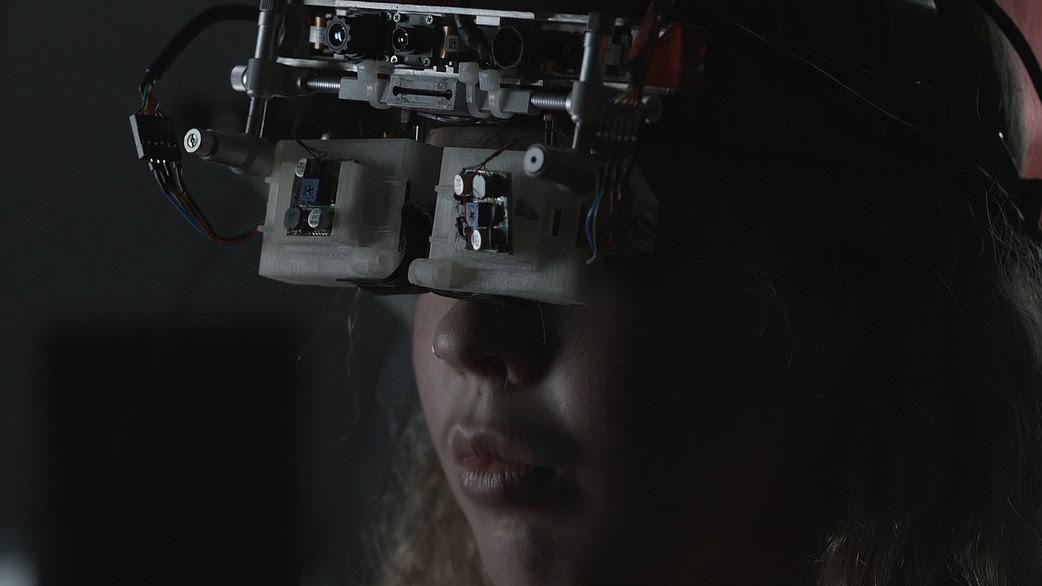
Haptic Skins of a Glass Eye
Haptic Skins of a Glass Eye, merges references to affective computing, flat design, haptic technology and virtual design systems with historical and medieval studies of the glass delusion. This condition was an external manifestation of a psychiatric disorder recorded in Europe in between the 15th to 17th centuries. The first clear glass, cristallo, was invented 15th century, and it was around this time that the glass delusion was first reported. People feared that they were made of glass, pottery and wood and therefore likely to shatter into pieces. In modern times, the glass delusion has disappeared, accounts of people believing themselves to be materials have been replaced with the development of neurological terminology such as hypochondria.
This short experimental piece unpicks the corporal dialect of the contemporary body and reveals the relationship we have to it as both an advanced and primal signifier. In the wake of our conflicting relationship to the virtual, advancements in technology have left a messy physiological residue. The link between language, surface, technologies and the body is a compelling subject and the basis of Ilona Sagar’s on-going research.
